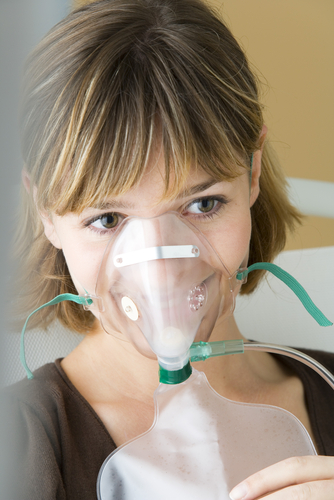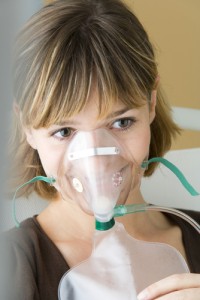PH Patient Hemodynamics Unaffected By Noninvasive Ventilation

 A recent study conducted in Brazil suggests noninvasive positive pressure ventilation (CPAP) does not contribute to ventilation-related complications in pulmonary hypertension patients. These results are encouraging, as there had been previous reports demonstrating that mechanical ventilation of patients with pulmonary hypertension results in unfavorable hemodynamic effects.
A recent study conducted in Brazil suggests noninvasive positive pressure ventilation (CPAP) does not contribute to ventilation-related complications in pulmonary hypertension patients. These results are encouraging, as there had been previous reports demonstrating that mechanical ventilation of patients with pulmonary hypertension results in unfavorable hemodynamic effects.
Until this study,”Hemodynamic Effects of Noninvasive Ventilation in Patients with Venocapillary Pulmonary Hypertension,” published in SciELO, was conducted, little was known about the hemodynamic effects of CPAP on patients with pulmonary hypertension without left ventricular dysfunction. The team studied 38 pulmonary hypertension patients whose disease was caused by mitral stenosis and were undergoing balloon catheter mitral valvuloplasty (BCMV). Those with left ventricular dysfunction and left atrial thrombus were not selected to participate. The cohort was predominantly young females, with a mean pulmonary arterial pressure of 57 mmHg.
[adrotate group=”4″]
During the BCMV procedure, CPAP was administered to patients at pressures of 7 cm H2O and 14 cm H20. Hemodynamic parameters including heart rate and rhythm, right atrial pressure, pulmonary arterial pressure, and pulmonary capillary pressure were obtained before and after CPAP.
The only significant difference observed in the hemodynamic and blood gases data was right atrial pressure, which increased from 8 mmHg at baseline to 11 mmHg at 14 cm H20 of CPAP.
[adrotate group=”3″]
However, cardiac output did vary and was determined by pressure changes in the pulmonary system. This goes hand-in-hand with the finding that cardiac output during exercise can be predictive of pulmonary hypertension patient outcome. Also, increased levels of pulmonary hypertension led to greater increases in cardiac output during ventilation. Hemoglobin oxygen saturation of arterial blood was also associated with an altered cardiac output.
Overall, the authors felt the study was important in showing an association between pulmonary pressure and cardiac output during CPAP use in pulmonary hypertension patients. Additionally, the team stated, “Another important result of this study was that use of CPAP was safe in the conditions applied in the current study, similarly to what has been described by other authors.”







